Home>Gardening & Outdoor>Plant Care & Gardening Tips>Which Type Of Plant Community Is Pygmy Date Palm Native To?


Plant Care & Gardening Tips
Which Type Of Plant Community Is Pygmy Date Palm Native To?
Modified: January 4, 2024
Discover plant care and gardening tips for the Pygmy Date Palm, native to tropical and subtropical plant communities. Learn how to cultivate and maintain this beautiful plant in your garden.
(Many of the links in this article redirect to a specific reviewed product. Your purchase of these products through affiliate links helps to generate commission for Storables.com, at no extra cost. Learn more)
Introduction
Welcome to the fascinating world of plant care and gardening! Today, we embark on a journey to explore the native plant communities of the Pygmy Date Palm. As gardening enthusiasts, it is crucial to understand the natural habitats of the plants we cultivate, as this knowledge not only enriches our gardening experience but also contributes to the preservation of diverse ecosystems.
By delving into the native plant communities of the Pygmy Date Palm, we gain insight into the environmental conditions that foster its growth. This understanding enables us to create favorable habitats for these palms in our gardens, ensuring their health and vitality. Furthermore, appreciating the native plant communities of the Pygmy Date Palm allows us to recognize the significance of preserving these ecosystems for the well-being of our planet.
Join me as we embark on this enlightening exploration, uncovering the beauty and importance of the Pygmy Date Palm’s native habitats.
Key Takeaways:
- Pygmy Date Palms are native to tropical and subtropical forests, thriving in lush, humid environments with ample rainfall and warm temperatures. Understanding their native habitats helps us create ideal growing conditions in our gardens.
- Preserving native plant communities, like those of the Pygmy Date Palm, is crucial for biodiversity, ecological resilience, and cultural heritage. By incorporating native plants into our gardens, we actively support the conservation of diverse ecosystems.
Overview of Pygmy Date Palm
The Pygmy Date Palm, scientifically known as Phoenix roebelenii, is a stunning and versatile palm species that has captured the hearts of gardening enthusiasts worldwide. Originating from Southeast Asia, particularly from regions such as Laos, Vietnam, and Southern China, this palm has made its mark as a popular choice for landscaping and indoor decoration.
Characterized by its gracefully arching fronds and slender trunk, the Pygmy Date Palm adds a touch of elegance to any landscape or interior space. Its compact size, reaching a maximum height of around 10 feet, makes it an ideal choice for small gardens, patios, and even indoor planters.
This palm species thrives in subtropical and tropical climates, displaying remarkable resilience to heat and drought once established. Its feathery, dark green fronds create a lush canopy, adding a tropical ambiance to its surroundings. The Pygmy Date Palm also produces small, sweet dates, further enhancing its allure.
With its adaptability to various soil types and its moderate growth rate, the Pygmy Date Palm has become a beloved ornamental plant, adorning gardens, parks, and urban landscapes. Its low maintenance requirements and pest resistance further contribute to its popularity among gardeners and landscapers.
As we delve deeper into the native plant communities of the Pygmy Date Palm, we will gain a deeper understanding of the environments that have shaped its evolution and growth patterns. This knowledge will provide valuable insights for cultivating and caring for this captivating palm species in our own gardening endeavors.
Native Plant Communities of Pygmy Date Palm
The Pygmy Date Palm is native to a diverse range of plant communities, primarily found in the understory of tropical and subtropical forests. In its natural habitat, this palm thrives in regions with ample rainfall and warm temperatures, creating lush and vibrant ecosystems where it plays a vital role in the overall biodiversity.
One of the primary native plant communities of the Pygmy Date Palm is the tropical rainforest, where it flourishes amidst a rich tapestry of plant life. These dense and humid forests provide the perfect environment for the palm to thrive, with its fronds creating a verdant canopy that offers shelter and sustenance to various wildlife species.
Additionally, the Pygmy Date Palm is often found in subtropical forests, where it adapts to slightly drier conditions while still benefiting from the warmth and moisture characteristic of these regions. Its presence in these plant communities contributes to the overall beauty and ecological balance of the understory, creating habitats for a diverse array of flora and fauna.
Furthermore, the Pygmy Date Palm is known to inhabit riparian areas, where it grows along riverbanks and in areas with consistent water sources. These plant communities showcase the palm’s ability to thrive in environments with fluctuating water levels, demonstrating its resilience and adaptability.
Understanding the native plant communities of the Pygmy Date Palm provides valuable insights into the environmental conditions that support its growth and development. By recognizing the intricate relationships between the palm and its surrounding flora and fauna, we gain a deeper appreciation for the interconnectedness of these ecosystems.
As we strive to cultivate and nurture Pygmy Date Palms in our own gardens, it is essential to draw inspiration from their native plant communities, creating environments that mirror the natural habitats in which they thrive. By doing so, we not only celebrate the beauty of these palms but also contribute to the preservation of their native ecosystems.
The Pygmy Date Palm is native to the Middle East and Northern Africa, where it grows in desert and subtropical regions. It is commonly found in oases and along riverbanks.
Environmental Conditions for Pygmy Date Palm
The Pygmy Date Palm, with its origins in Southeast Asia, is naturally adapted to thrive in specific environmental conditions that have shaped its evolution and growth patterns. Understanding these conditions is essential for successfully cultivating and caring for this palm species in various settings, including gardens, landscapes, and indoor spaces.
One of the key environmental factors for the Pygmy Date Palm is sunlight. In its native plant communities, this palm thrives in partially shaded to fully sunlit areas, making it well-suited for both indoor and outdoor environments. When grown indoors, placing the palm near a bright, indirect light source mimics its natural habitat, promoting healthy growth and frond development.
Moisture levels play a crucial role in the Pygmy Date Palm’s well-being. In its native tropical and subtropical habitats, the palm benefits from consistent moisture, often found in areas with ample rainfall and high humidity. When cultivating this palm, it is essential to provide well-draining soil and regular watering, ensuring that the roots remain moist but not waterlogged.
Warm temperatures are another vital environmental requirement for the Pygmy Date Palm. Thriving in subtropical and tropical regions, this palm species prefers temperatures above 50°F (10°C) and excels in warmer climates. It is important to protect the palm from frost and cold drafts, especially in regions with cooler winters, to maintain its health and vitality.
The soil composition also influences the Pygmy Date Palm’s growth and overall well-being. In its native plant communities, the palm often grows in rich, well-draining soil with organic matter, allowing its roots to access essential nutrients while preventing waterlogging. When planting or repotting the palm, using a well-balanced potting mix and ensuring proper drainage is crucial for its success.
By replicating these environmental conditions in our gardening practices, we can create optimal habitats for the Pygmy Date Palm, fostering its growth and enhancing its ornamental beauty. Whether incorporated into lush landscapes or showcased as indoor specimens, understanding and meeting the palm’s environmental needs is key to cultivating thriving and vibrant specimens.
Importance of Preserving Native Plant Communities
The preservation of native plant communities holds immense significance for the well-being of our planet and the sustainability of diverse ecosystems. These communities, shaped by centuries of natural evolution, play a crucial role in maintaining ecological balance, supporting wildlife habitats, and contributing to the overall health of our environment.
Native plant communities are intricately linked to the preservation of biodiversity. They provide essential habitats and resources for a myriad of animal species, including insects, birds, and mammals. By preserving these communities, we safeguard the interconnected web of life, ensuring the survival of diverse flora and fauna that rely on specific plant species for food, shelter, and reproduction.
Furthermore, native plant communities contribute to the resilience of ecosystems and their ability to withstand environmental changes. The plants within these communities have adapted to local environmental conditions over time, developing unique traits that enable them to thrive in specific habitats. This adaptability is crucial for mitigating the impact of climate change and other environmental stressors, as native plants are better equipped to withstand fluctuations in temperature, precipitation, and soil conditions.
Preserving native plant communities also holds cultural and historical significance. These communities often hold special meaning for indigenous peoples and local communities, serving as sources of traditional knowledge, medicinal resources, and spiritual connections. By protecting these habitats, we honor and respect the cultural heritage and wisdom associated with native plant species, fostering a deeper appreciation for the interconnectedness of nature and human societies.
Conserving native plant communities is essential for maintaining the beauty and diversity of our natural landscapes. These communities contribute to the aesthetic appeal of regions, shaping the unique character of local environments and providing opportunities for recreation, education, and inspiration. Whether in urban parks, protected reserves, or private gardens, the presence of native plant communities enhances the visual richness and ecological integrity of our surroundings.
As we recognize the importance of preserving native plant communities, we also acknowledge the role of individual actions in contributing to this collective effort. By incorporating native plant species into our gardens, supporting conservation initiatives, and advocating for sustainable land management practices, we actively participate in the conservation of these invaluable ecosystems.
Ultimately, the preservation of native plant communities is essential for fostering a harmonious and sustainable relationship between humans and the natural world. By safeguarding these communities, we uphold the intrinsic value of biodiversity, honor cultural heritage, and nurture resilient ecosystems that benefit present and future generations.
Read more: How To Grow A Date Palm From Seed
Conclusion
As we conclude our exploration of the native plant communities of the Pygmy Date Palm, we are reminded of the intricate connections between plants, ecosystems, and the well-being of our planet. The Pygmy Date Palm, with its origins in the lush tropical and subtropical regions of Southeast Asia, serves as a testament to the beauty and resilience of native plant communities.
By delving into the environmental conditions and habitats that support the growth of the Pygmy Date Palm, we gain a deeper understanding of the importance of preserving these native ecosystems. These communities, characterized by their biodiversity, ecological resilience, and cultural significance, play a vital role in sustaining the health of our planet and enriching the lives of countless species, including our own.
As gardening enthusiasts and stewards of the environment, we are presented with an opportunity to contribute to the preservation of native plant communities. By incorporating native plant species, such as the Pygmy Date Palm, into our gardens and landscapes, we not only celebrate their natural beauty but also actively support the conservation of diverse ecosystems. Furthermore, by advocating for sustainable land management practices and participating in conservation efforts, we can make a meaningful impact on the preservation of these invaluable habitats.
It is essential to recognize the significance of native plant communities in shaping the character of our natural landscapes, providing essential habitats for wildlife, and preserving cultural heritage. As we continue to cultivate a deeper appreciation for the interconnectedness of nature, we embrace the responsibility of safeguarding these communities for future generations to cherish and benefit from.
In our journey as gardeners and nature enthusiasts, let us draw inspiration from the native plant communities of the Pygmy Date Palm and strive to create environments that honor the beauty and resilience of these ecosystems. By doing so, we contribute to a more sustainable and harmonious coexistence with the natural world, fostering a legacy of conservation and appreciation for the diversity of life that thrives within these native habitats.
As we bid farewell to this enlightening exploration, may the spirit of preservation and reverence for native plant communities guide our actions and inspire a collective commitment to protecting the invaluable ecosystems that enrich our planet.
Frequently Asked Questions about Which Type Of Plant Community Is Pygmy Date Palm Native To?
Was this page helpful?
At Storables.com, we guarantee accurate and reliable information. Our content, validated by Expert Board Contributors, is crafted following stringent Editorial Policies. We're committed to providing you with well-researched, expert-backed insights for all your informational needs.
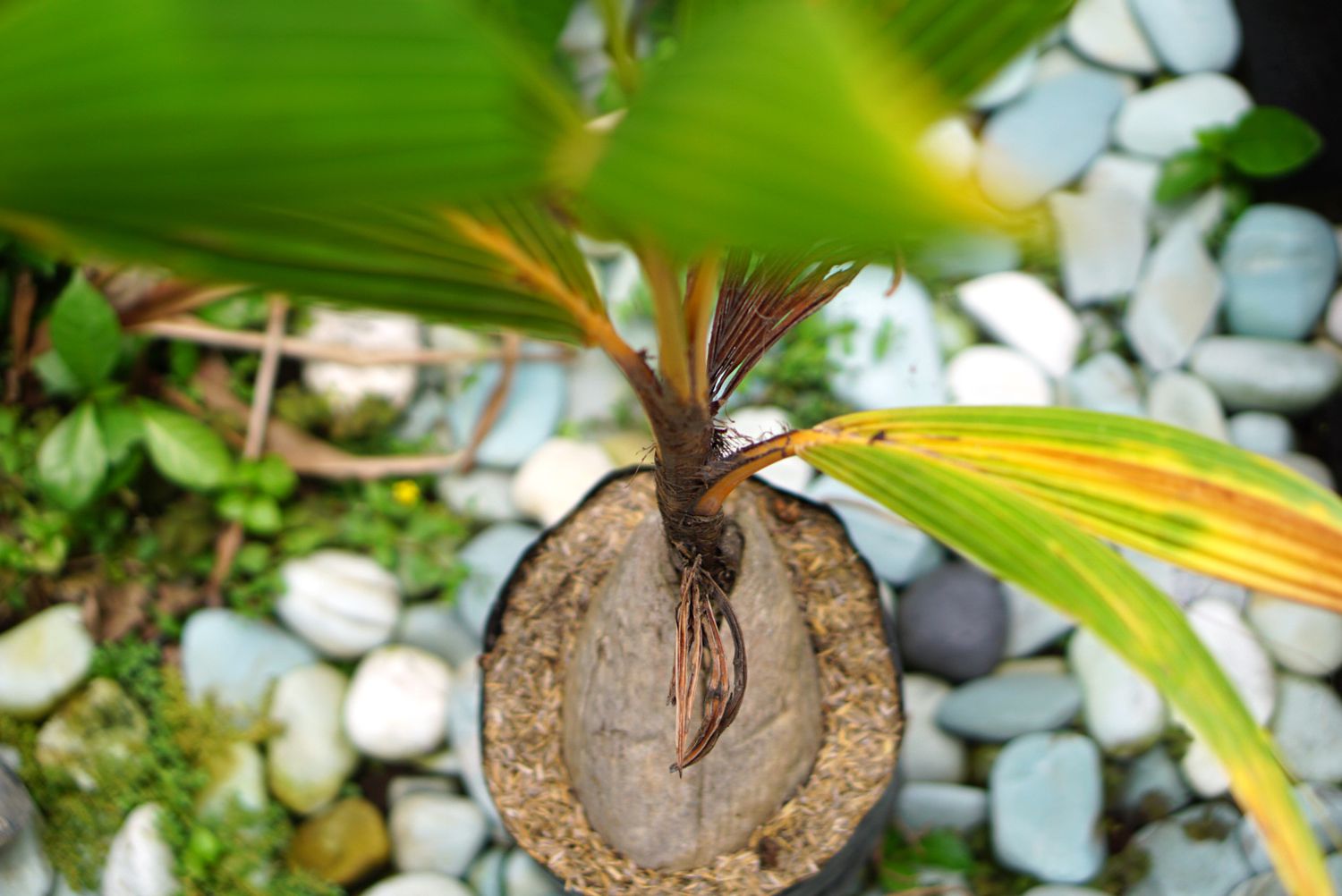
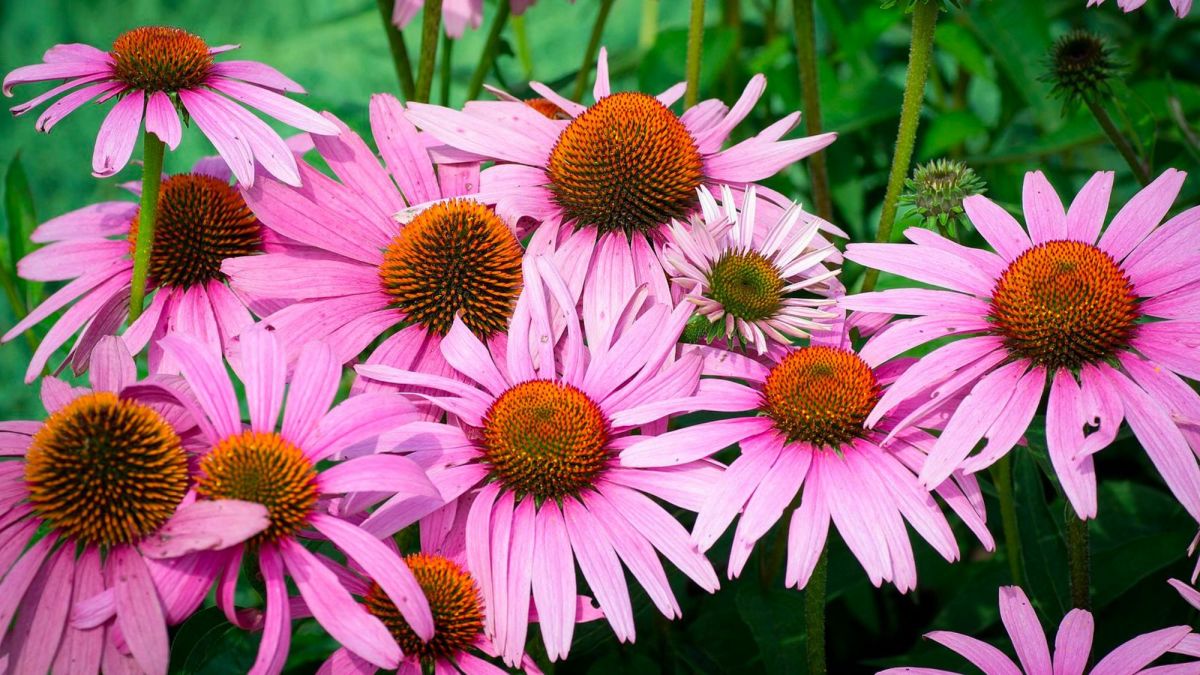
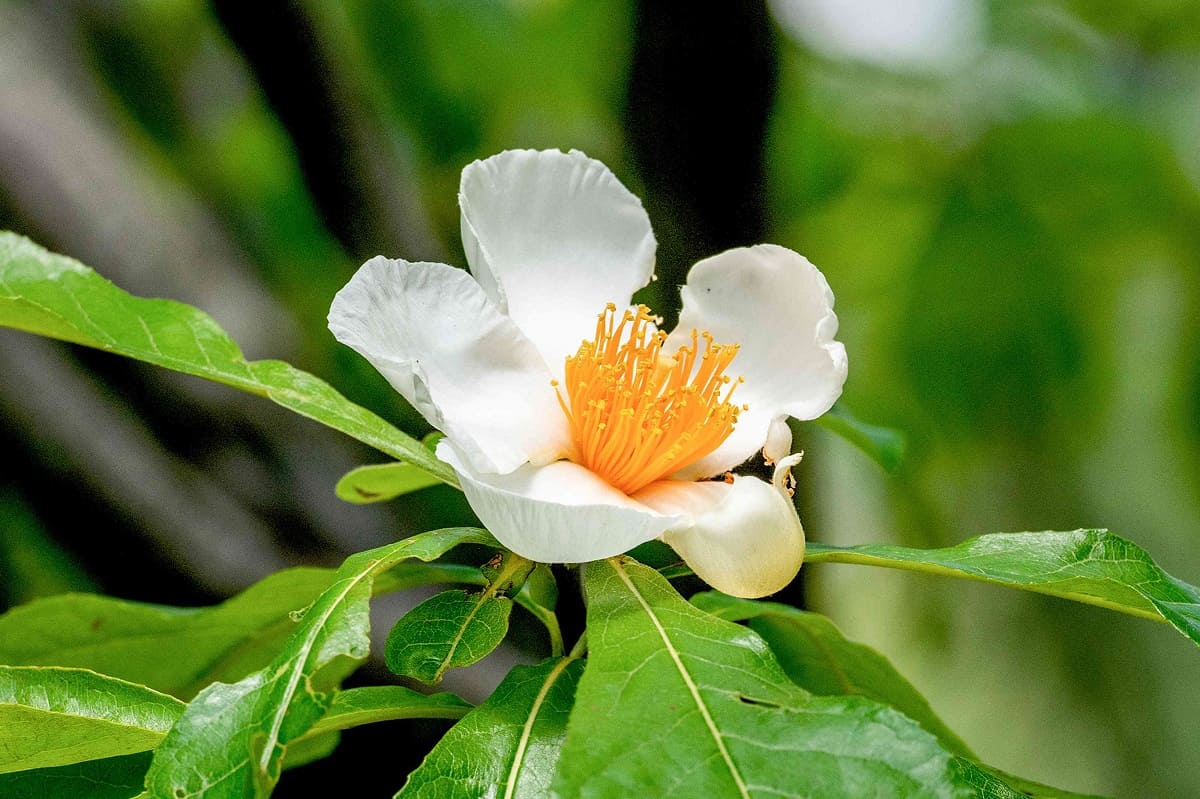
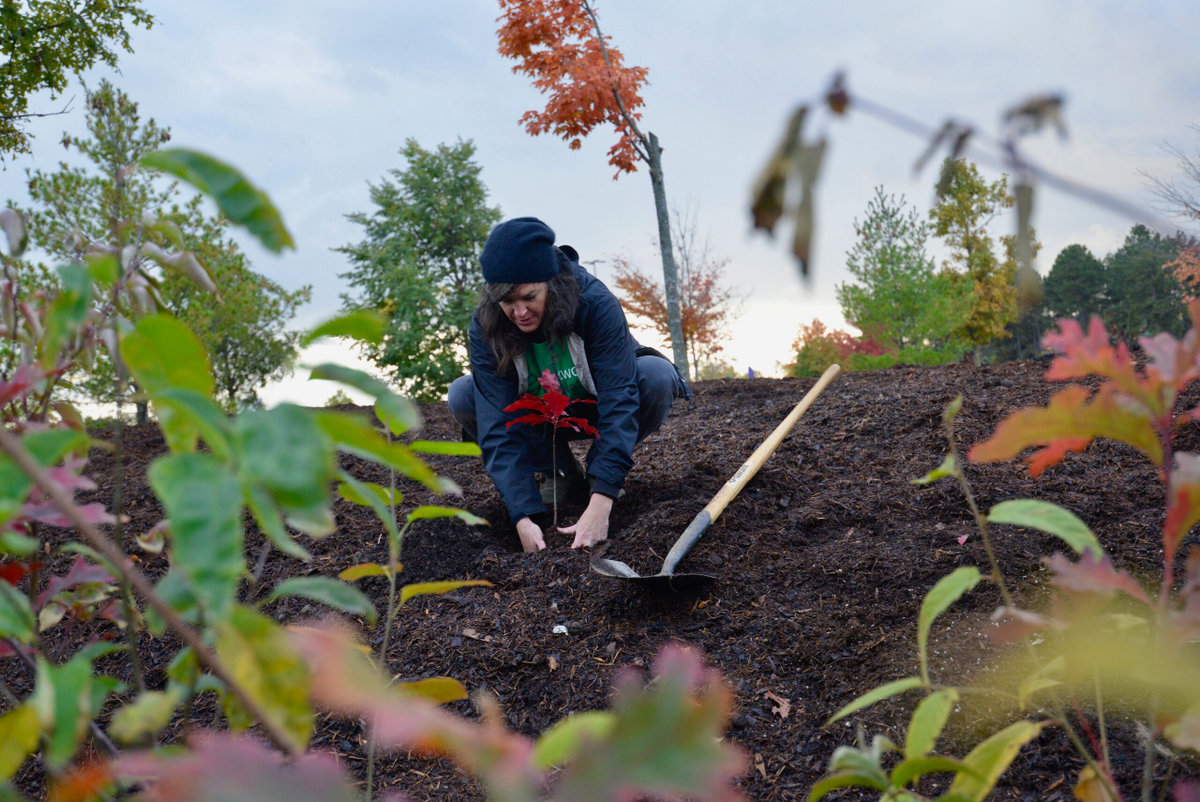

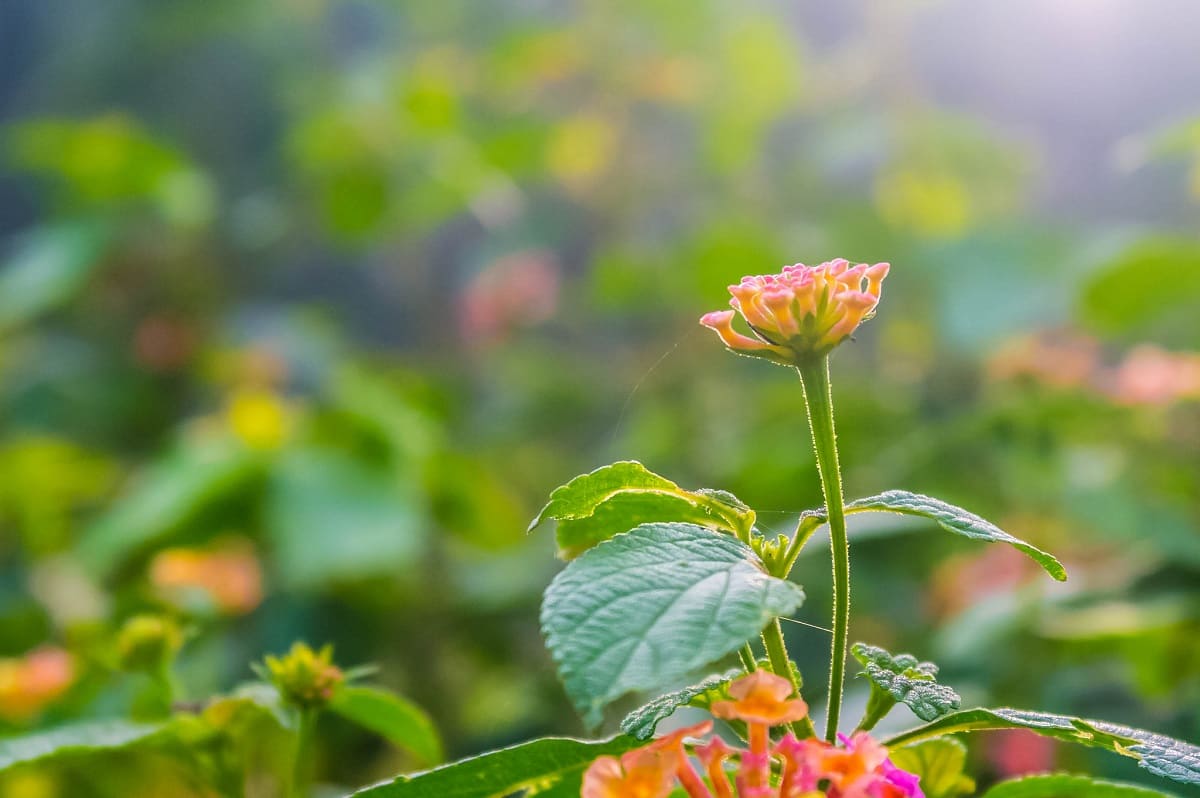
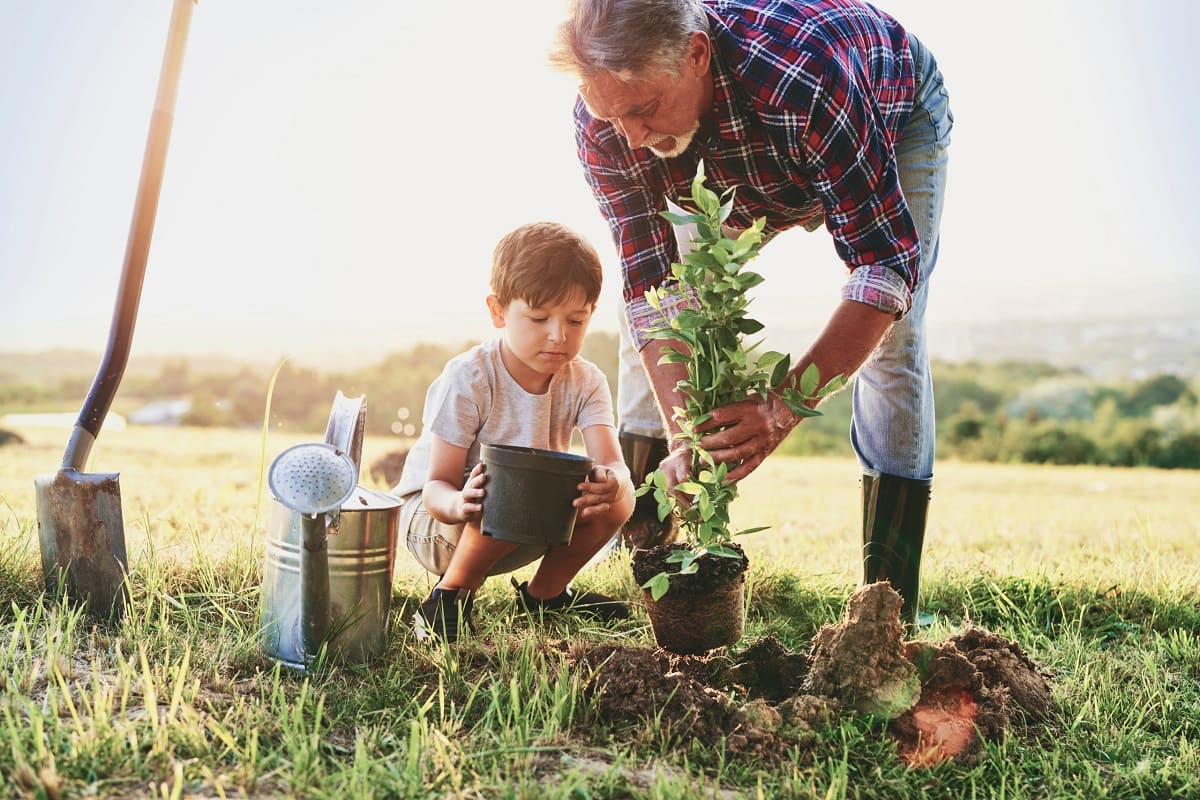
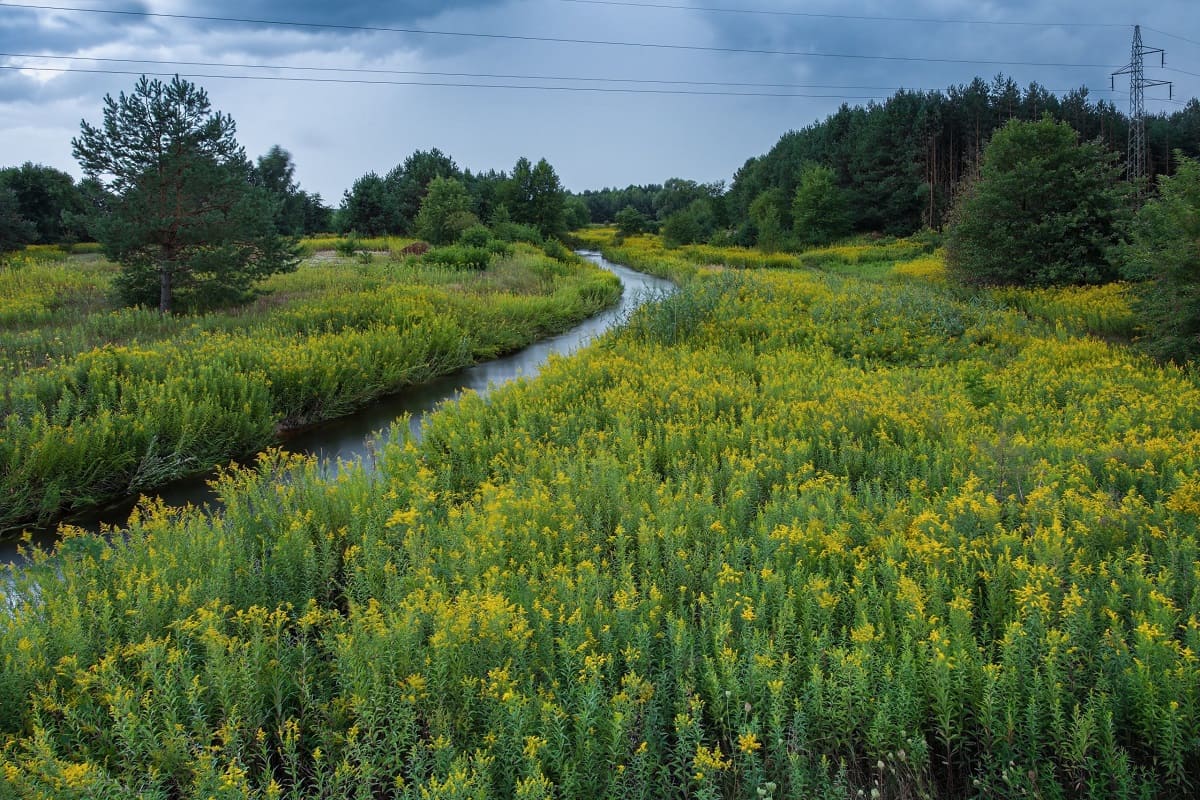
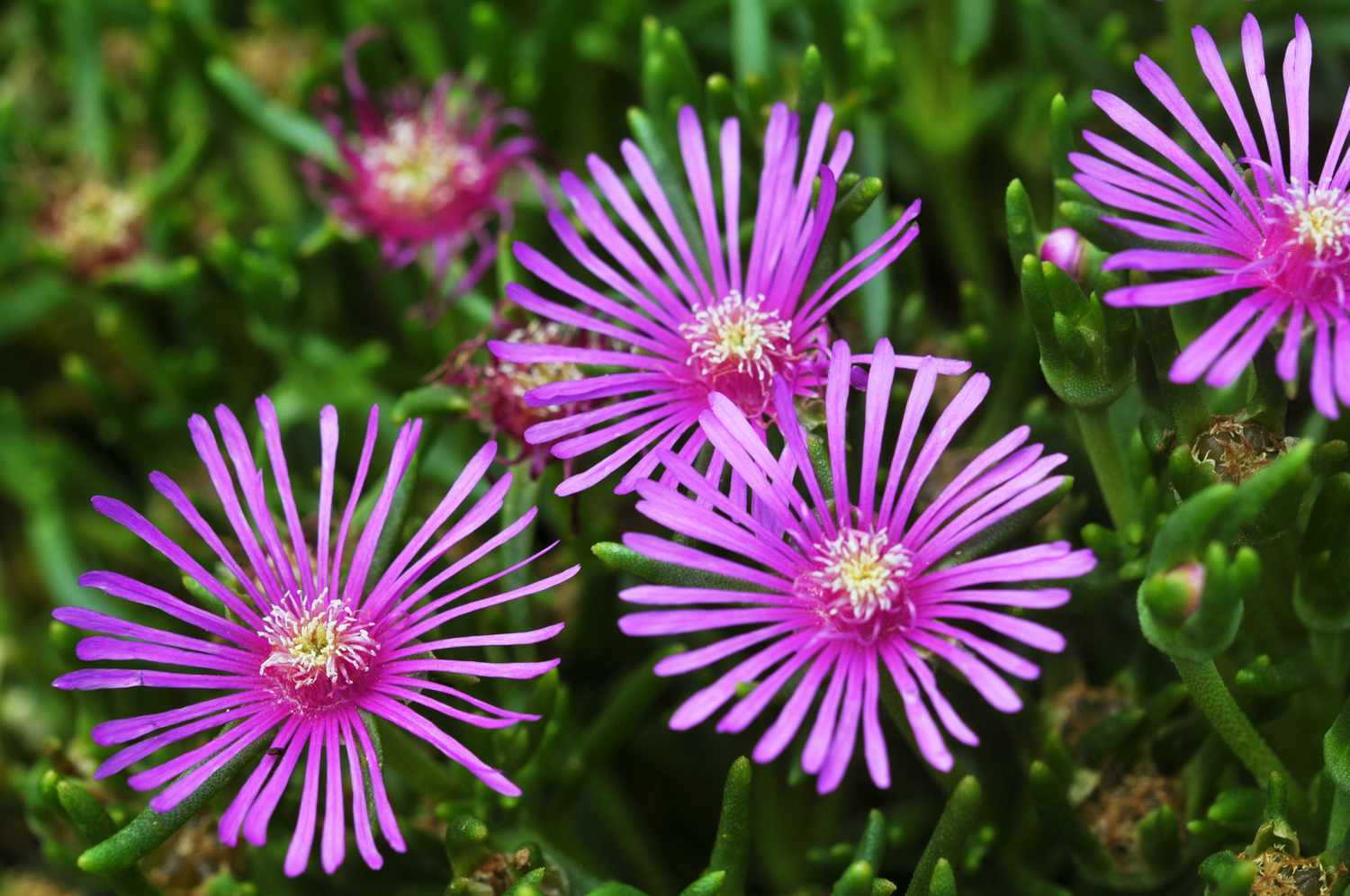
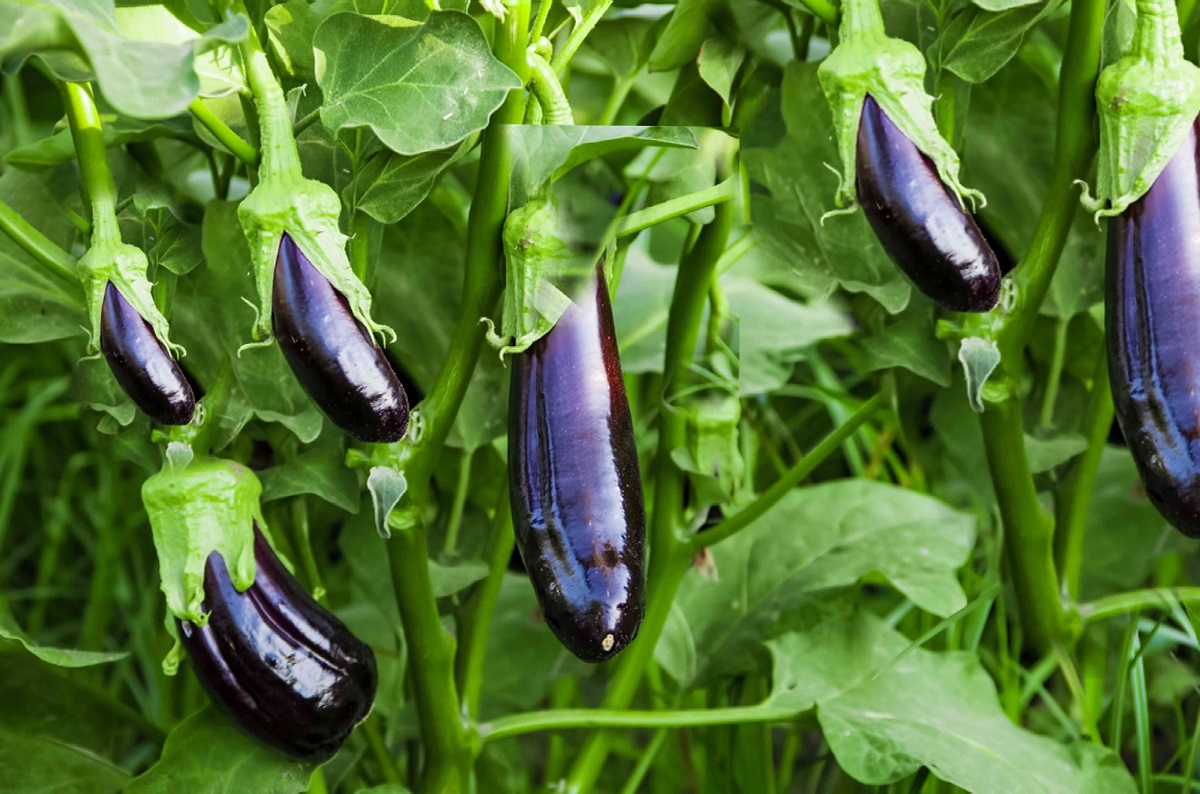
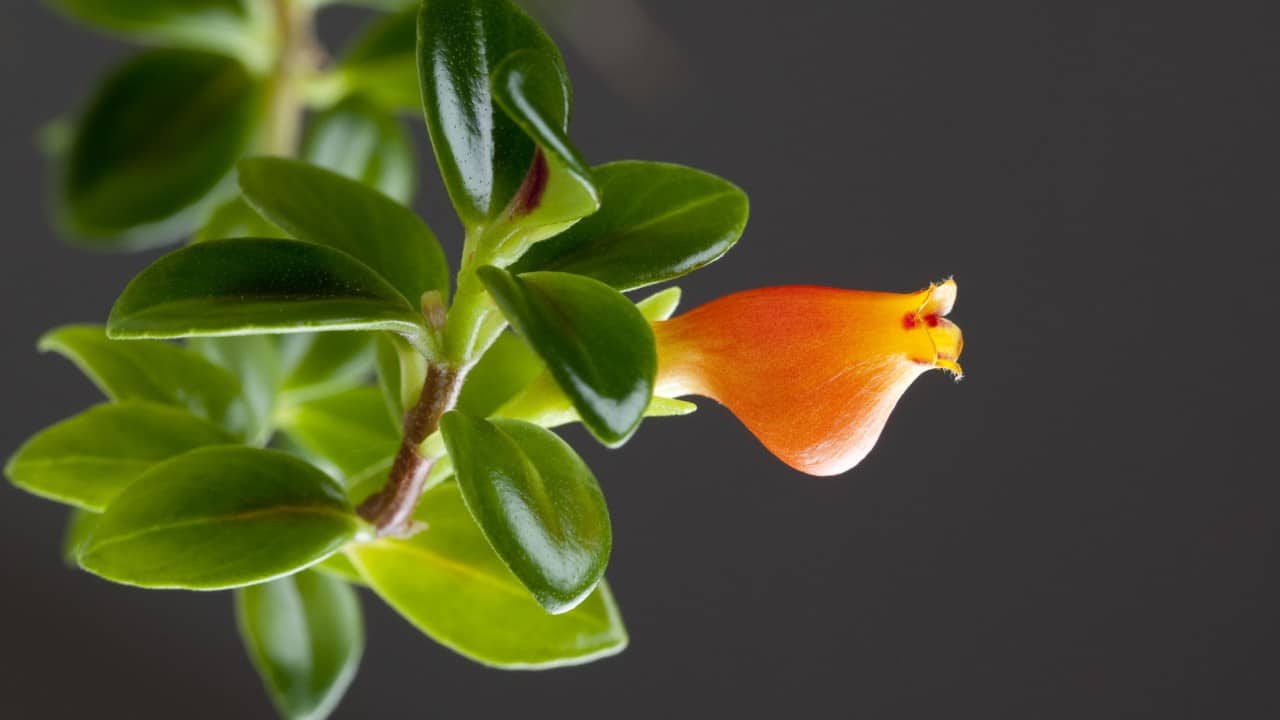
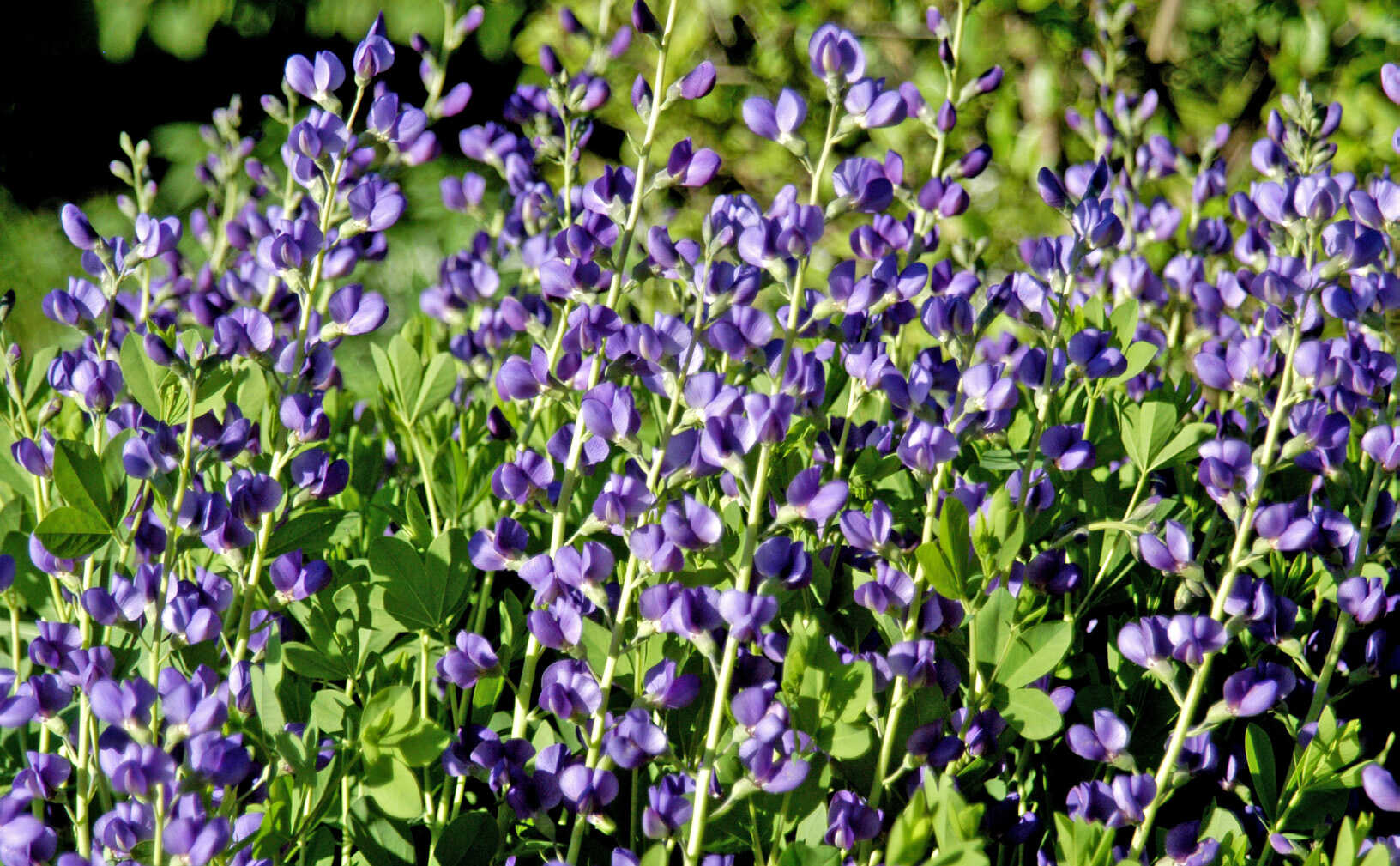
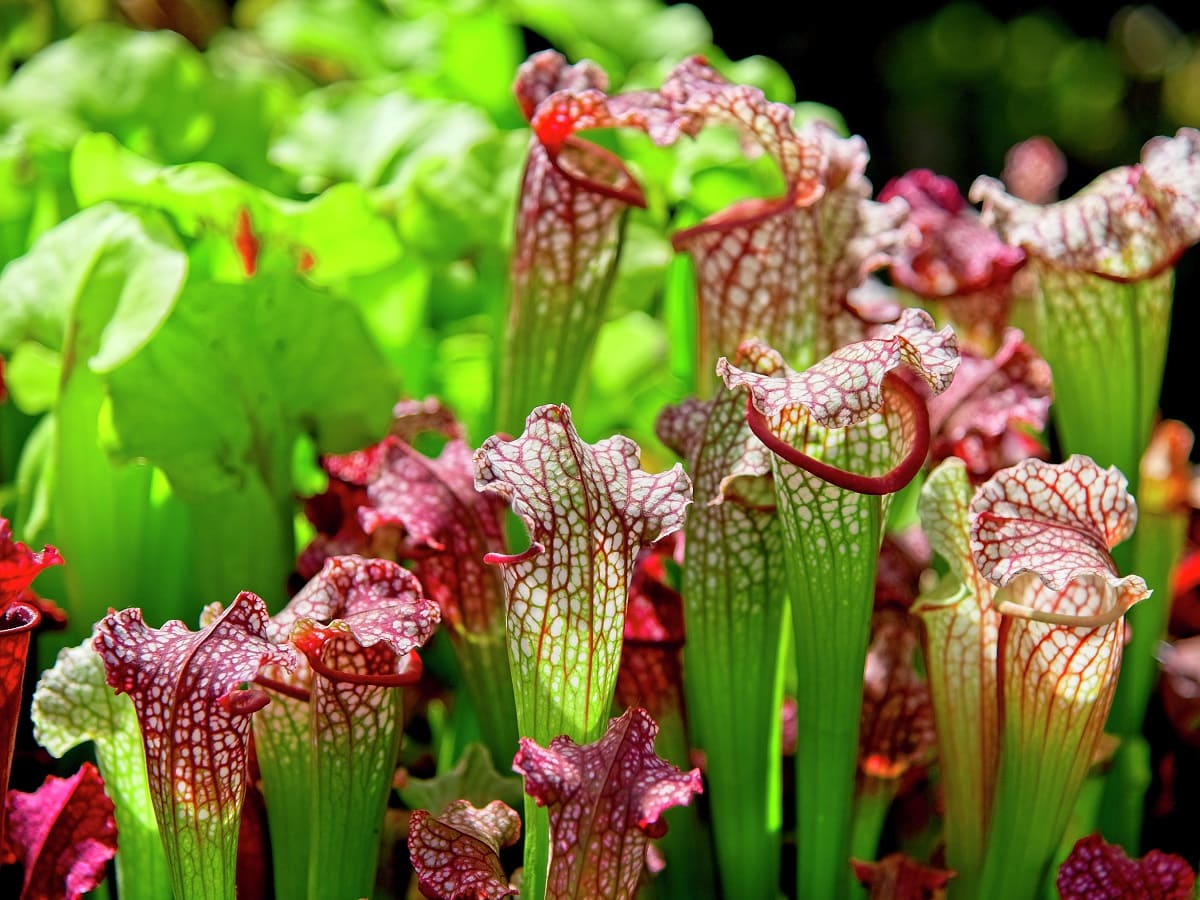
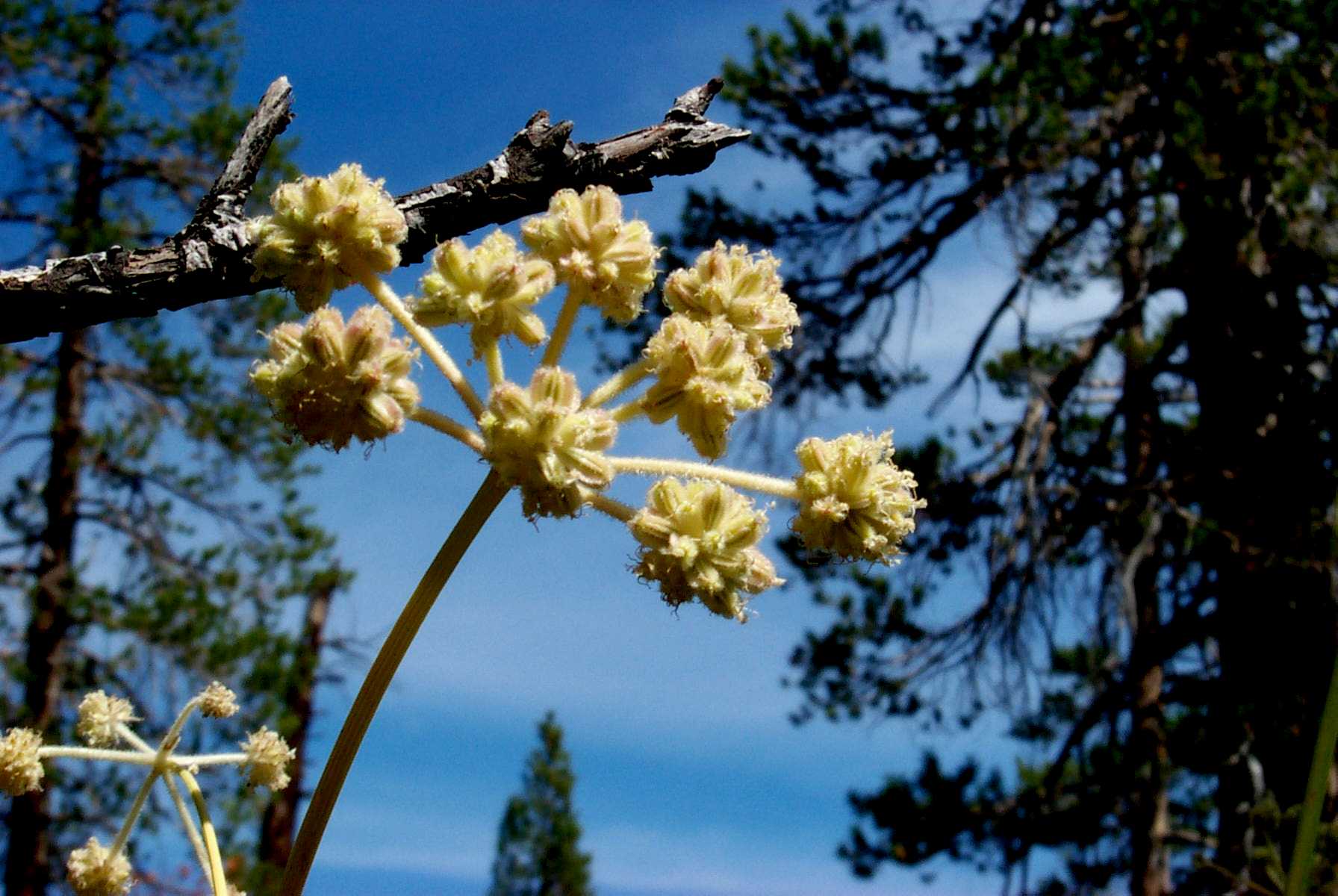

0 thoughts on “Which Type Of Plant Community Is Pygmy Date Palm Native To?”